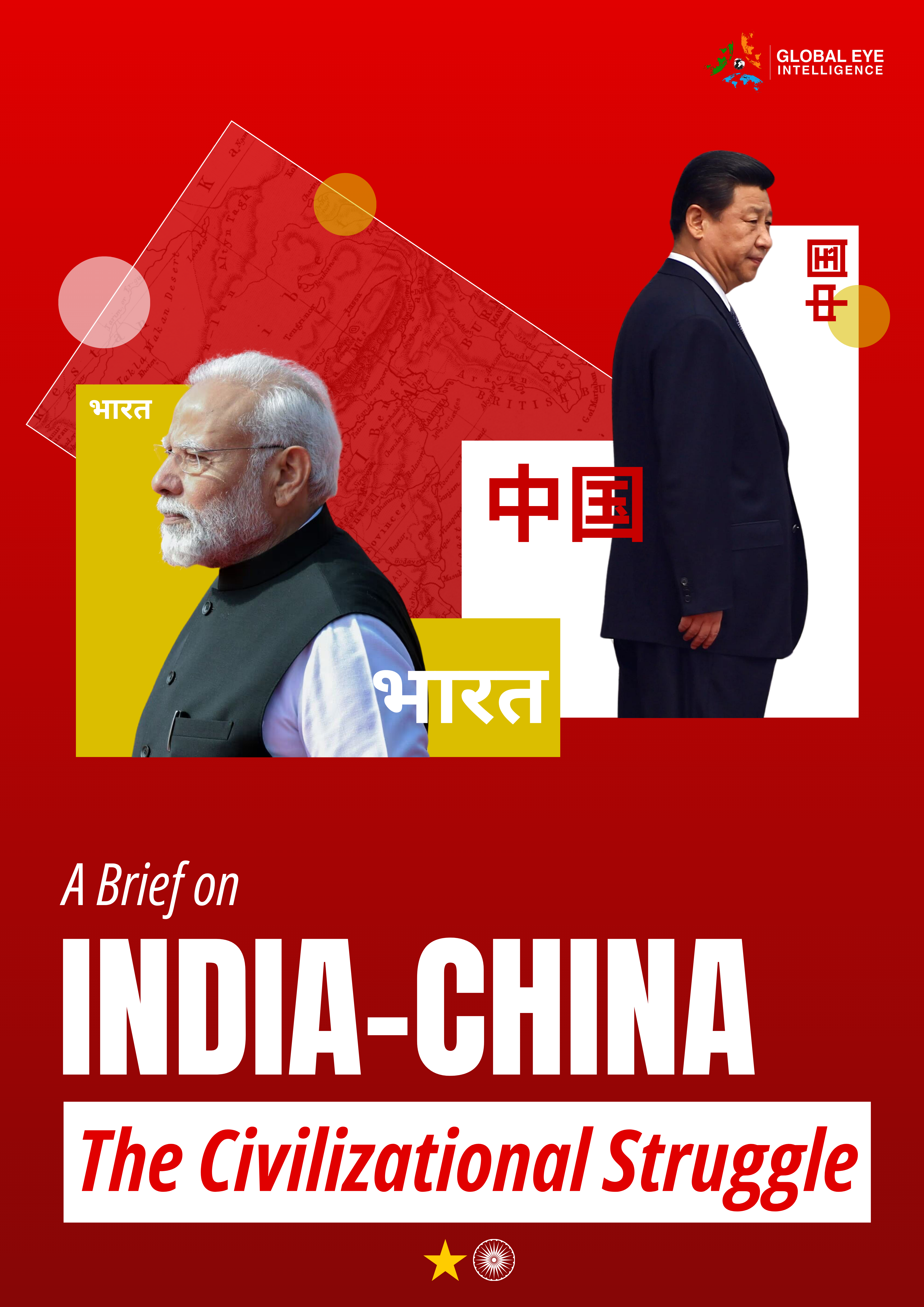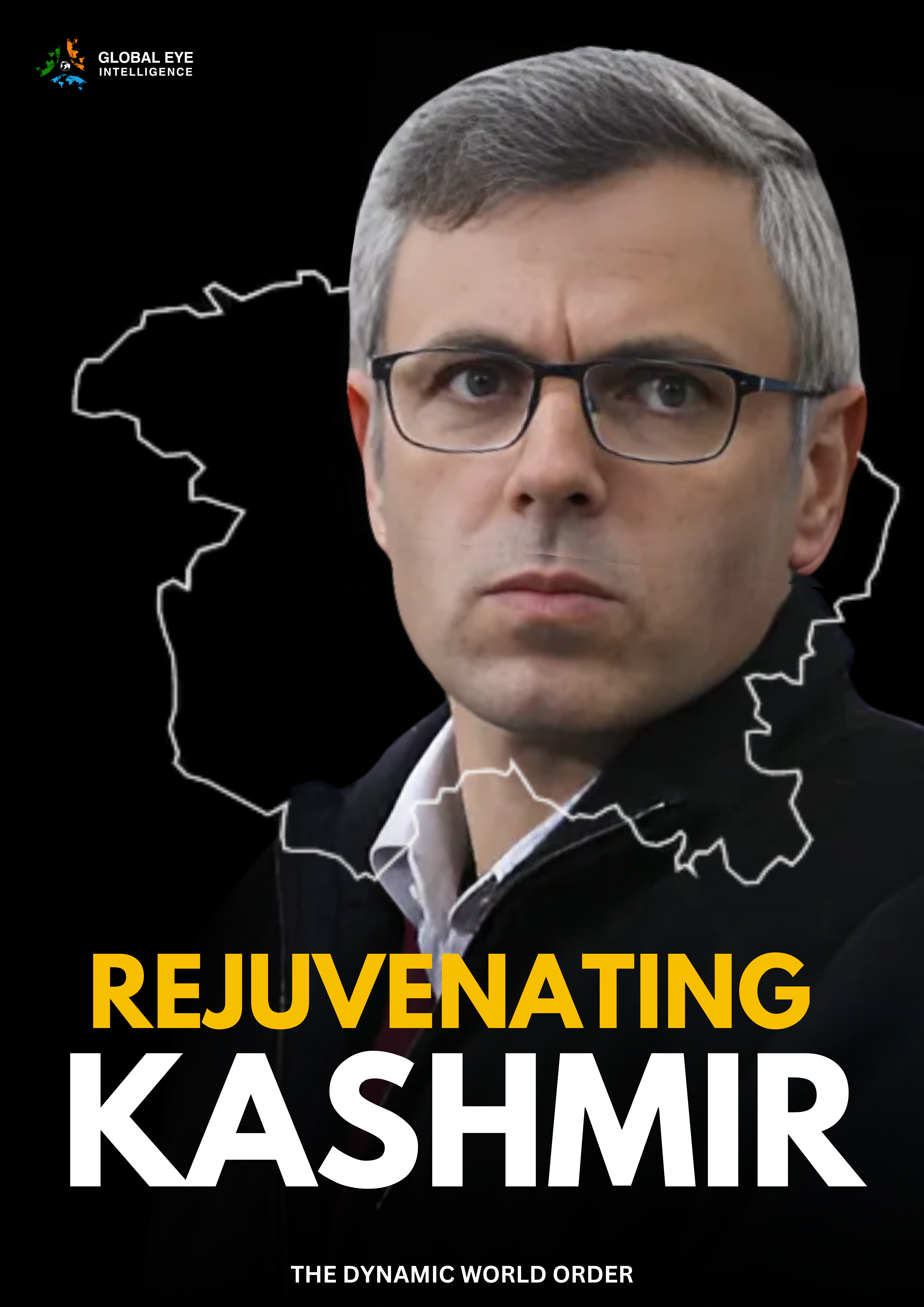
- Capital City: Managua
- General Information Official Language: Spanish
- Currency: Nicaraguan Córdoba, NIO
- Population (2024): 69 lakhs (2024)
Political Overview
Government Type
Dictatorship, Republic, Authoritarianism, Unitary state, Presidential system
Key Leaders
- President Daniel Ortega
- Vice President Rosario Murillo
Political Stability Index
(-0.1)
International Alliances
- UN, OAS, SICA, CELAC, WTO, G77, Non-Aligned Movement (NAM)
Economic Overview
GDP (Nominal)
$18.83 billion
GDP (PPP)
$51.088 billion (2023 est.)
Key Industries
- food processing
- chemicals
- machinery and metal products
- knit and woven apparel
- petroleum refining and distribution
- beverages
- footwear
- wood
- electric wire harness manufacturing
- mining
Top 5 Importers/Exporters
Exports: US 52%, Mexico 12%, Honduras 7%, El Salvador 6%, Costa Rica 3% ; Imports: US 26%, China 11%, Honduras 10%, Guatemala 9%, Mexico 9% (2022)
Social Indicators
Human Development Index
0.669 (Rank: 130)
Literacy Rate
0.826
Life Expectancy
74.7 years (2024 est.)
Geopolitical Relevance
Strategic Location
Hosts Lake Nicaragua, historically considered for canal projects
Key Conflicts
Costa Rica- Nicaragua have a long-standing dispute over the San Juan River and its surrounding territories, which are critical for trade and water access.
Border Issues
The dispute between Honduras and Nicaragua concerns the exact delineation of their border, particularly in the Caribbean Sea
Military Strength
military personnel – ~12,000, defense spending – 0.8% of GDP ($80 million), alliances – OAS, SICA
Related Posts
-
SYRIAN FRAGMENTED SYNERGY
Executive Summary Syria’s ethnic and religious diversity, with a Sunni majority and substantial minority populations, poses significant challenges to post-conflict governance. This fragmentation, along with ideological divides, has attracted foreign interventions, with external powers exploiting Syria’s strategic location. As of December 2024, Syria remains divided into six zones of control. HTS governs the largest territory,…
-
Legal and Operational Challenges in Countering Extremism in Central Asia
Introduction Central Asia, comprising Kazakhstan, Kyrgyzstan, Tajikistan, Turkmenistan, and Uzbekistan, is a region rich in demographic and historical complexity. Despite housing only 1% of the global population, its history spans from Palaeolithic societies to the dominance of nomadic empires. The region’s environmental significance, particularly in its ice core contributions to climate research, adds to its…
-

India-China Brief
INTRODUCTION India and China are two ancient civilizations turned modern states. The two have been interacting with each other in political, economic, diplomatic and people-to-people exchange domains since centuries. Until the advent of European colonialism in the 17th century, the two controlled around 25% of the Global GDP while coexisting peacefully. There are historical instances…
-

Rejuvanating Kashmir
January to March 2024: 1. Security Measures: – J&K saw a surge in counterterrorism operations. Several militant groups were banned, and their key operatives were either killed or arrested. – A significant crackdown on militant networks, including those involved in high-profile attacks, was reported. This included the arrest of militants responsible for attacking civilians and…
-

Global Data Sovereignty Wars: The Race for Strategic Control Over Cyber and Space Intelligence Networks in 2024
Context/Background Data has come to be established as a new key strategic asset, central to national power in the economic, political, and military spheres. The principle of data sovereignty—whereby nations seek to control data generated within their borders—is at tension with the global nature of digital networks and the dominance of tech conglomerates. This struggle…
-

P5 meeting in Dubai
Executive Summary The five nuclear-armed permanent members (P5) of the United Nations Security Council (UNSC) held a closed-door expert-level meeting in Dubai. The meeting gained its strategic importance and focus as it was the first full-fledged meeting under the chairmanship of China where the discussion focused on nuclear doctrines against the backdrop of Russia updating…
-

RACE FOR THE ARCTIC
EXECUTIVE SUMMARY Driven by rapid environmental changes due to global warming, increasing geopolitical and economic interests, the Arctic region is emerging as a critical global frontier and a stage for strategic competition among the Arctic States (United States, Russia, Canada, Denmark, Finland, Iceland, Norway, Sweden) and non-Arctic actors like China as the region’s retreating ice…
-

THAILAND – EU ECONOMIC DEAL
1. Executive Summary Thailand is also aggressively developing its economic relationship with European organizations through well-planned trade agreements. It has successfully completed a Free Trade Agreement with EFTA and is moving toward a more extensive FTA with the EU, which it plans to have in place by 2025. All these initiatives are to be used…
-

Corruption in the PLA police force
Executive Summary This report examines corruption within the People’s Liberation Army (PLA) police force, detailing its implications on military movements, strategic objectives, and broader regional stability. Key findings highlight systemic corruption undermining operational integrity, creating vulnerabilities in national defense, and influencing international perceptions of China’s military and law enforcement capabilities. Strategic recommendations aim to mitigate…

